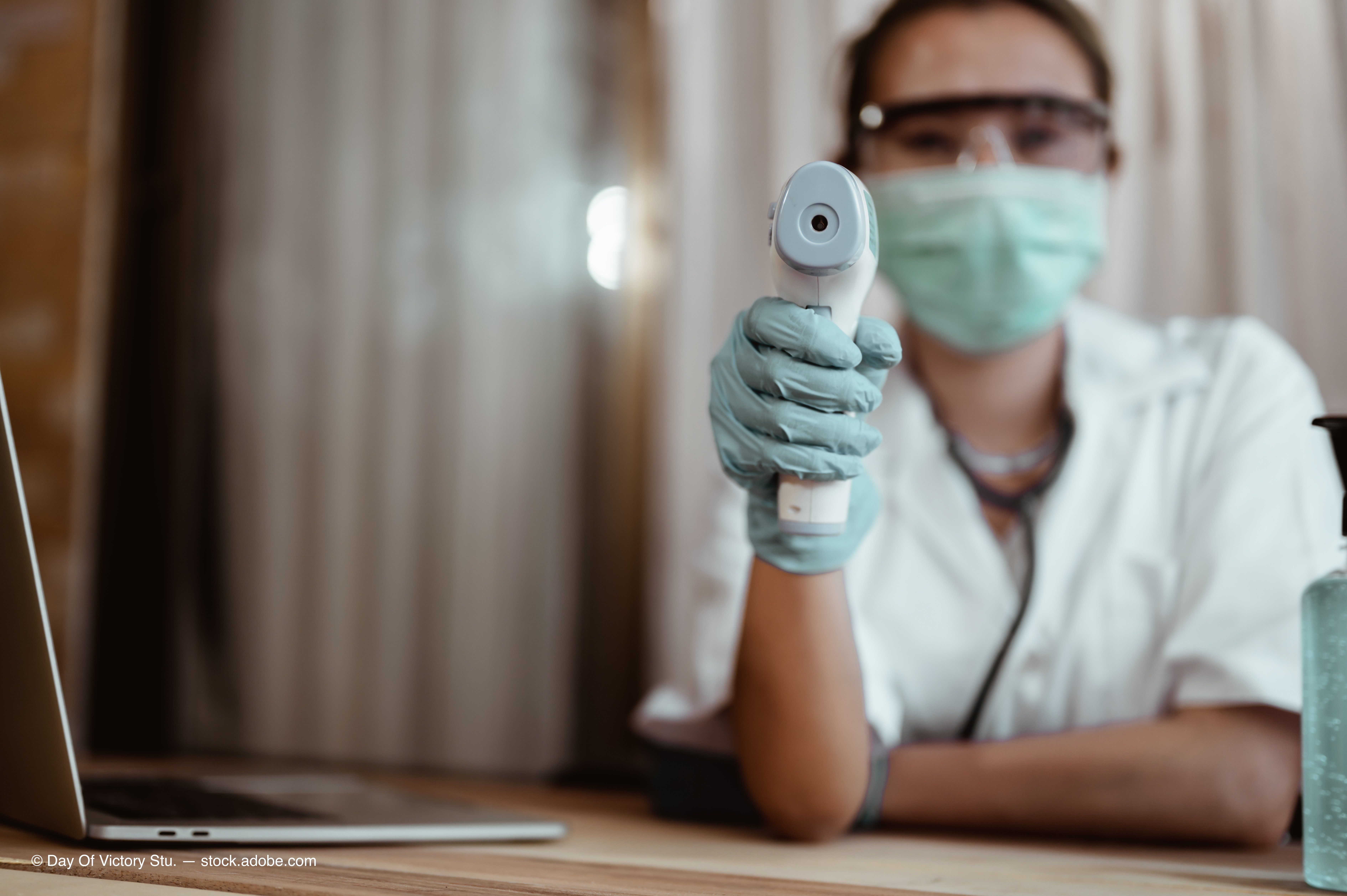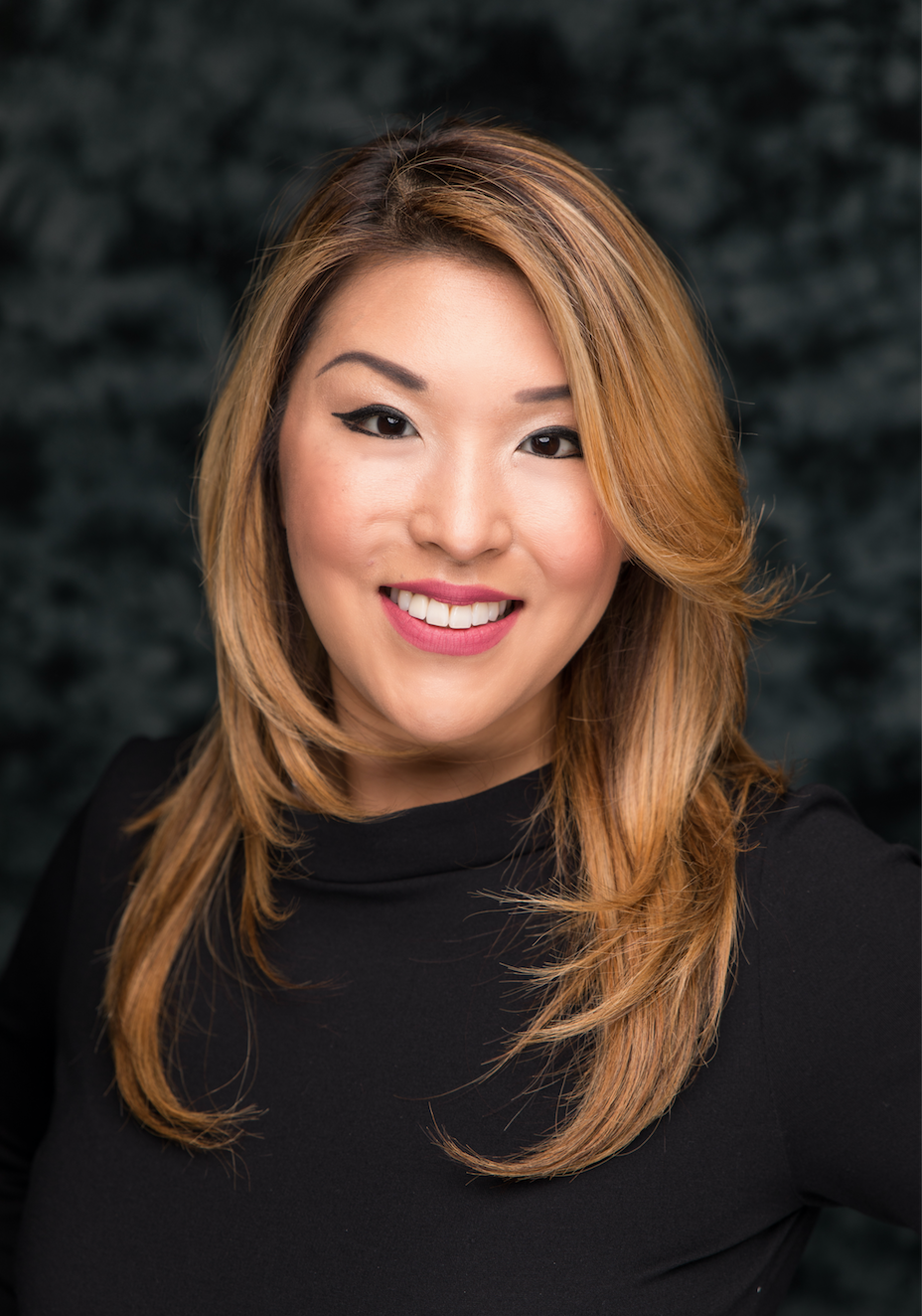- COVID-19
- Biosimilars
- Cataract Therapeutics
- DME
- Gene Therapy
- Workplace
- Ptosis
- Optic Relief
- Imaging
- Geographic Atrophy
- AMD
- Presbyopia
- Ocular Surface Disease
- Practice Management
- Pediatrics
- Surgery
- Therapeutics
- Optometry
- Retina
- Cataract
- Pharmacy
- IOL
- Dry Eye
- Understanding Antibiotic Resistance
- Refractive
- Cornea
- Glaucoma
- OCT
- Ocular Allergy
- Clinical Diagnosis
- Technology
Pearls for clinic flow in the age of COVID-19

Elizabeth Yeu, MD

Elizabeth Yeu, MD, offers five tips for adjusting the practice during the coronavirus pandemic.
This article was reviewed by Elizabeth Yeu, MD
Physicians have had to get creative quickly to cope with COVID-19 in order to maintain the health and safety of their medical staffs and patients. This sometimes has resulted in daily changes done on the fly in practices around the country.
Elizabeth Yeu, MD, shared her pearls for ensuring a safe environment before, during, and after patients arrive in her practice.
Preparing patients before their scheduled visit
Communication is everything, whether done by phone, email, or a letter before the scheduled appointment.
“Patients are nervous,” Dr. Yeu said, recounting an internal survey of 5,500 patients that found that from 25% to 50% of patients, depending on location, are not ready for an in-face office visit.
In addition, while all of the elective surgeries were put on hold because of the virus, as of May 1, two-thirds of patients want to delay those surgeries further.
So when they do come back to the practice, Dr. Yeu emphasized that things will (and must) look different. The pre-appointment communication can describe the changes made to the office setting and what they can expect. She also suggested using a patient video to help with this.
Related: Caring for dry eye patients through the coronavirus pandemic
Reducing face-to-face time in office
This may be one of the most challenging steps for any practice.
“Digitalize, virtualize, and, automate office processes wherever possible, with the goal being zero-contact check-ins and patient intakes,” she stated.
Patients use mobile phones in and out of their home and can use a computer in the office to register their arrivals.
The time that physicians and patients meet face-to-face can be reduced by changing the examination workflow. Dr. Yeu advised splitting the longer patient appointments between diagnostics and in-person evaluation with the doctor.
Related: COVID-19: Companies offering new technology to connect physicians with patients
For example, the cataract examinations may go like this: The first appointment would be a no-touch visit that includes the preoperative diagnostics, cataract counselor, and patient education; and the second appointment would be the in-person evaluation with the physician.
For both patient education and the physician evaluation, she suggested that a future alternative might be diagnostics plus obtaining digital slit-lamp examination and/or pan-fundus photographs and a telehealth appointment with the doctor.
The frequency of follow-up appointments can be decreased by alternating follow-up visits between tele-health and in-person appointments. Drive-through evaluations of intraocular pressure and dry eye hold potential.
Regarding postoperative appointments for cataract patients who underwent a routine procedure and feel well afterward, only a virtual postoperative day 1 appointment is needed.
If moving forward with a virtual postoperative day 1 appointment, to pre-empt any IOP spikes, Dr. Yeu also advised including a Diamox (acetazolamide) 250-mg dose in the recovery room and enough brimonidine 0.2% to last twice daily for one week to the operative eye postoperatively.
Related: AAO webinar offers latest information on patient care amid COVID-19
Observing the six-feet distancing rule
Practical suggests for social distancing are increasing the distance between equipment in the examination rooms and chairs in the waiting rooms, as well as establishing separate check-in and check-out locations.
For example, a satellite tent might be set up outside for check-in purposes. Importantly, family members and caregivers should remain in the cars during the appointment.
Related: COVID-19: Adapting patient care at Weill Cornell Medicine (New York)
Preventing COVID-19 spread in clinic and surgical patients
Patients should be required to not arrive more than 10 minutes before their scheduled appointment time and to wear face masks at all times.
“In my practice, all clinic members and patients answer a COVID-19 questionnaire and have a temperature check upon arrival,” Dr. Yeu said.
She also pointed out that patients should undergo polymerase chain reaction testing preoperatively, but antibody testing is not required.
“Our patients in the ambulatory surgery center will use a mouth rinse with 0.2% povidine iodine, which SARS-COV is highly susceptible,” she said (Int J Oral Sci 2020;12:9; Infect Dis Ther 2018;7:249–59).
Another way to cut face-to-face contact in half is to consider bilateral, immediately sequential cataract surgery, which would decrease both the number of visits to the operating room and the postoperative visits to the office, Dr. Yeu noted.
Related: COVID-19: What the reopening of ophthalmology could look like
Taking care of the work family and promoting goodwill
Last, but not least, is the recognition that the staff members share all the same fears as the patients.
Dr. Yeu pointed out that clinic members also are anxious and return to work may be difficult.
“The practice should provide personal protective equipment for clinicians and staff,” she concluded, noting that her practice created more than 1,000 masks for the employees.
Elizabeth Yeu, MD
E: eyeulin@gmail.com
Dr. Yeu is Assistant Professor, Eastern Virginia Medical School and Virginia Eye Consultants Hampton, Norfolk, Suffolk, and Virginia Beach, VA. Dr. Yeu has no financial interest in this subject matter.
